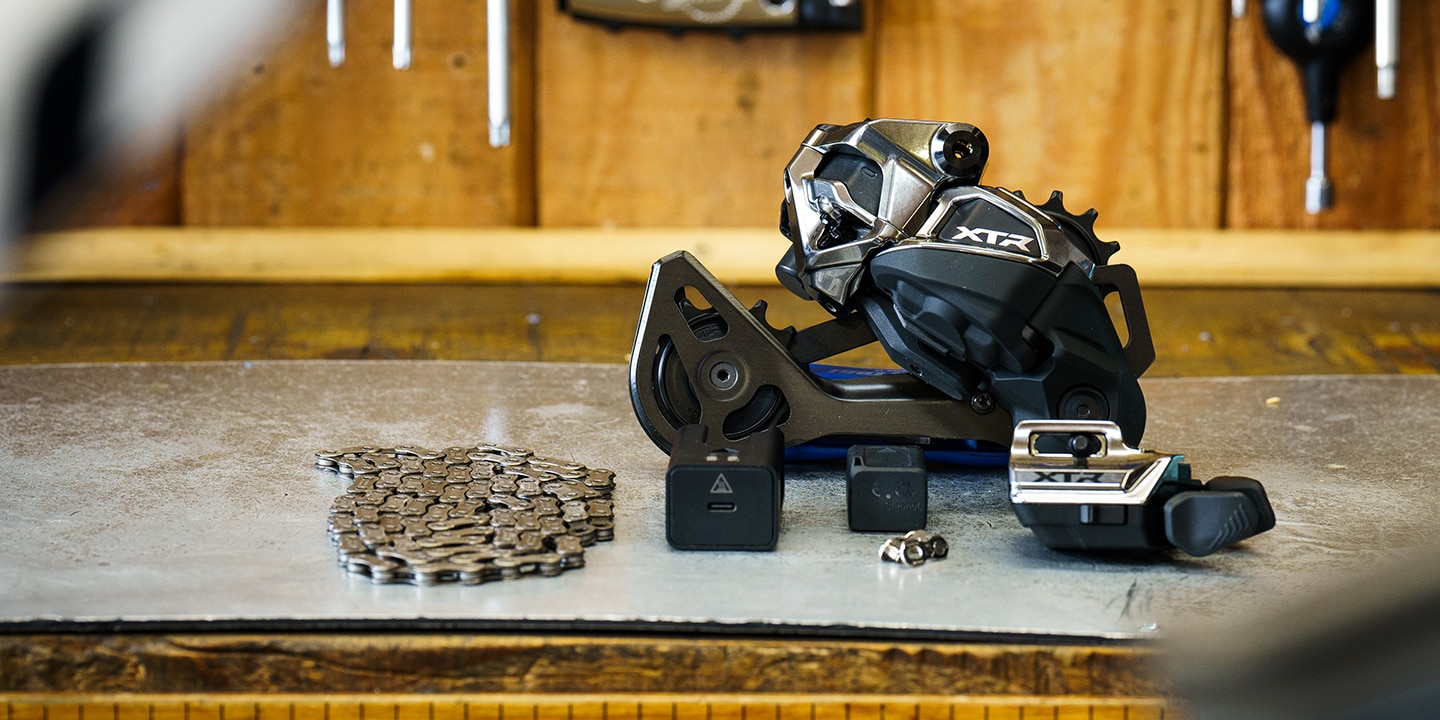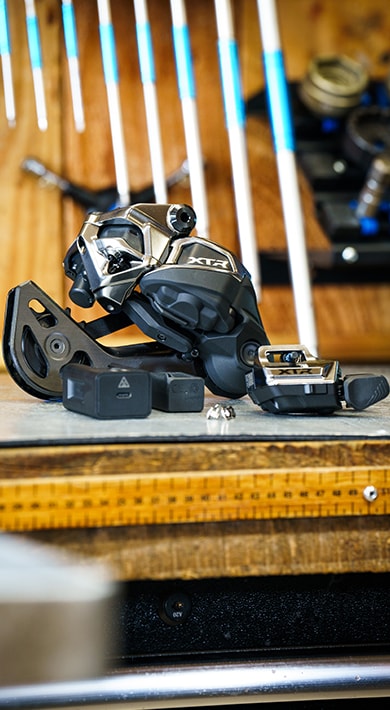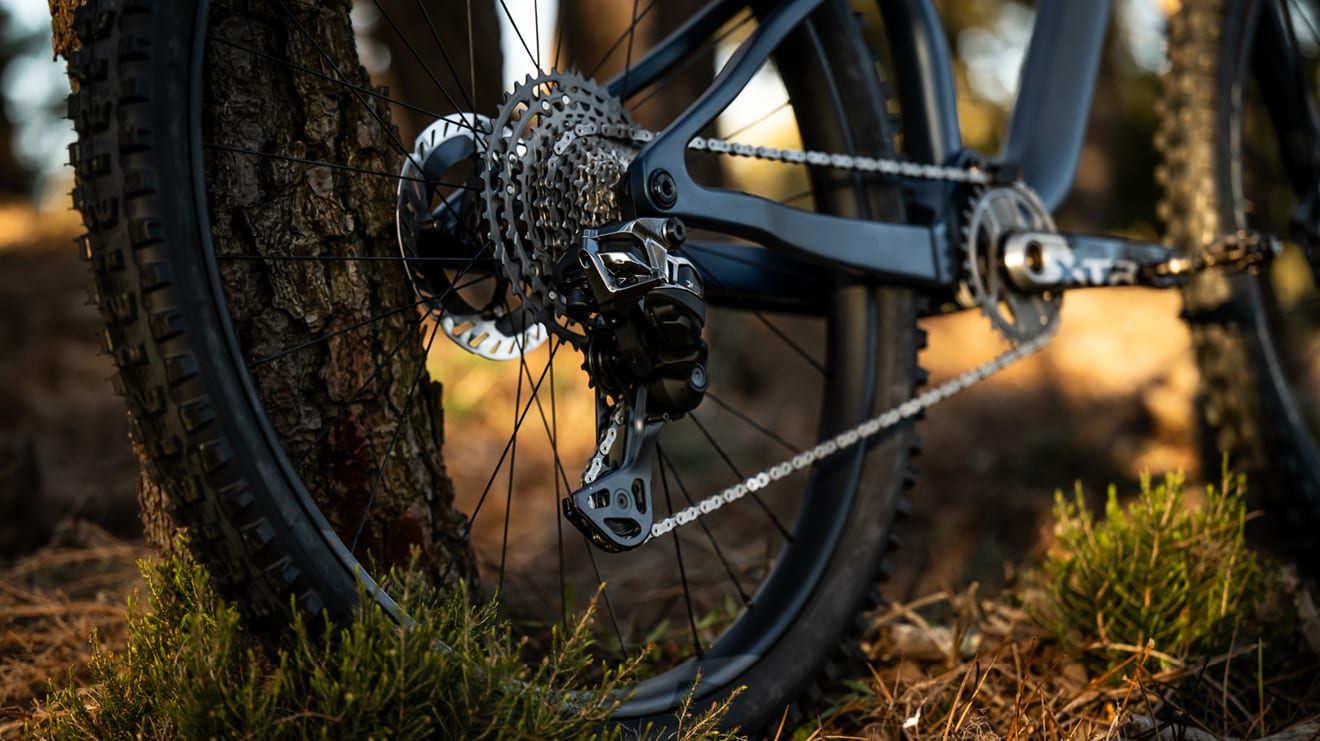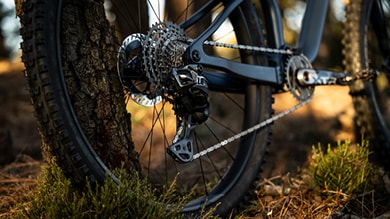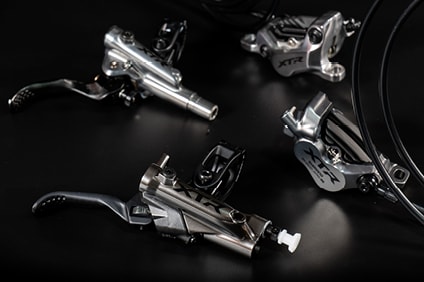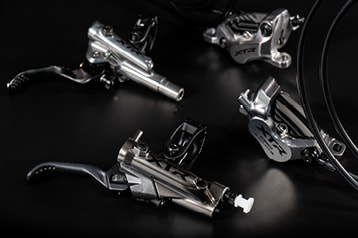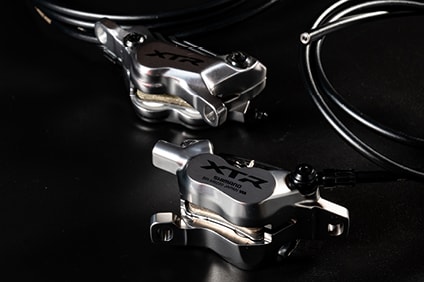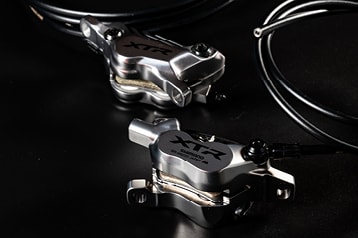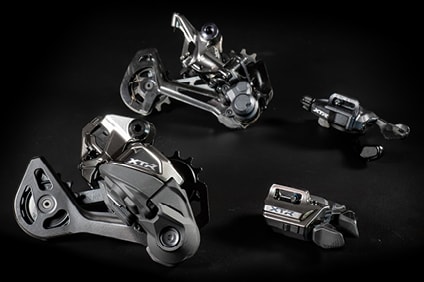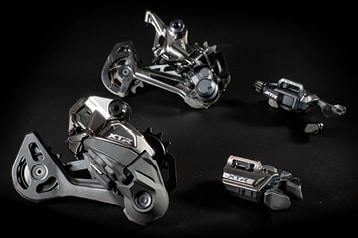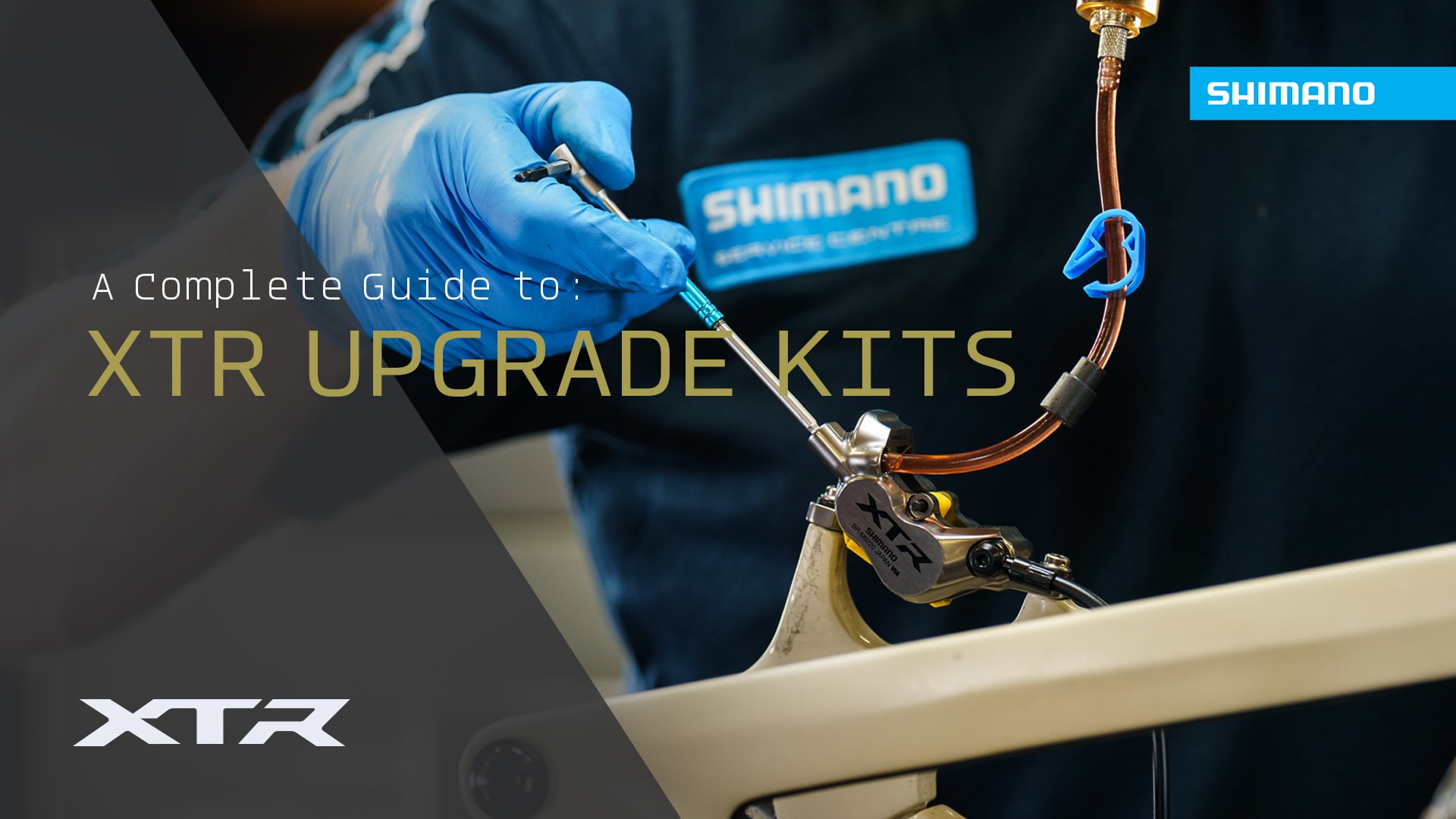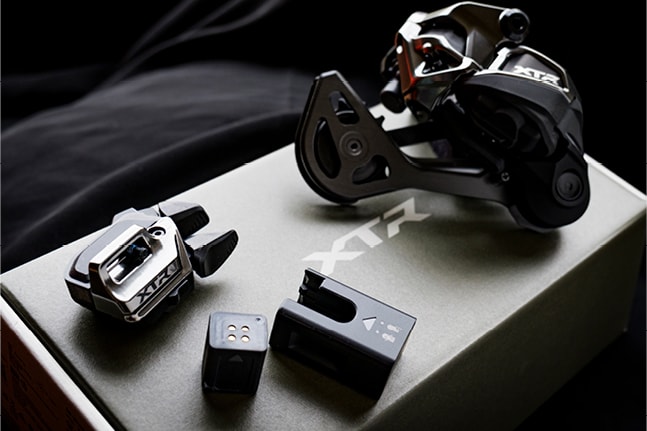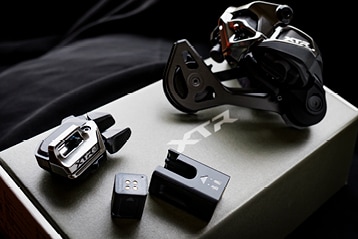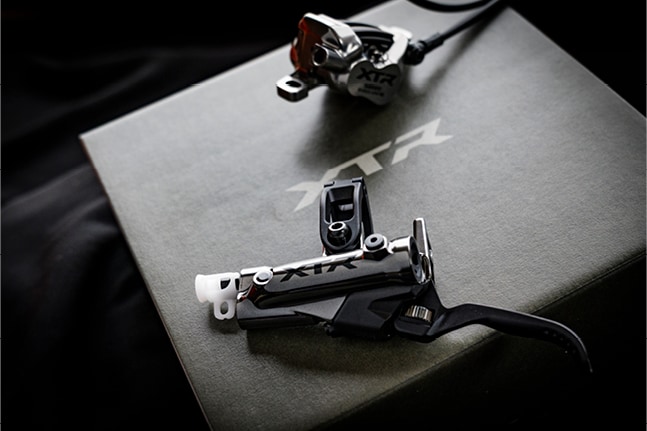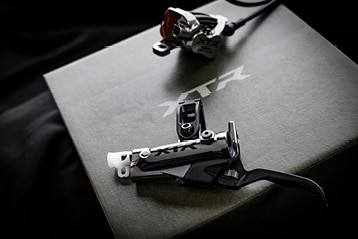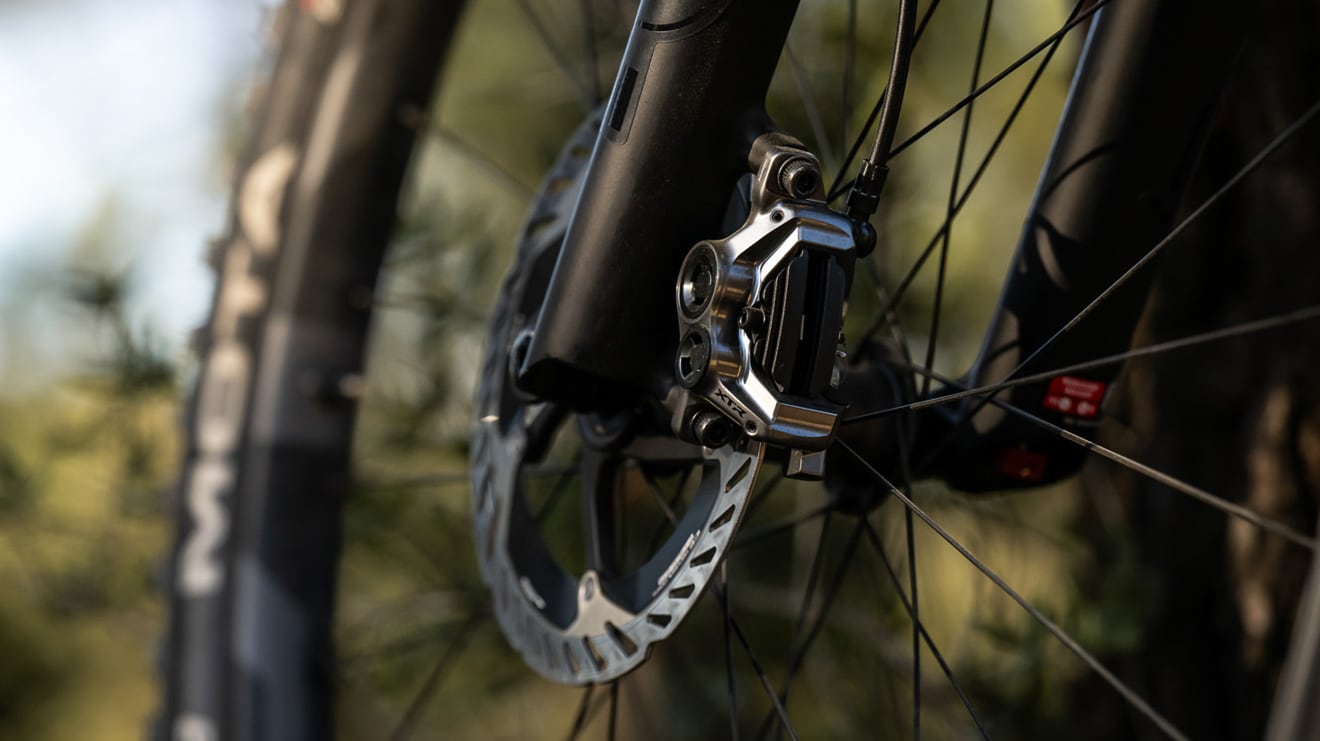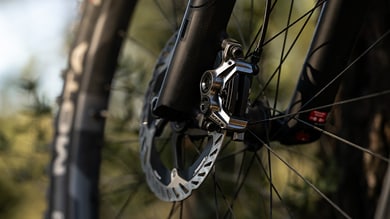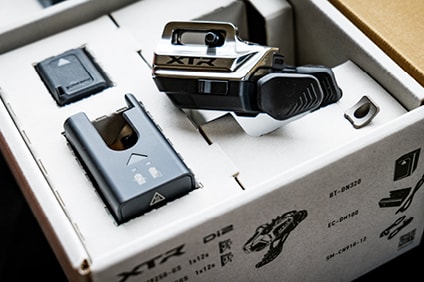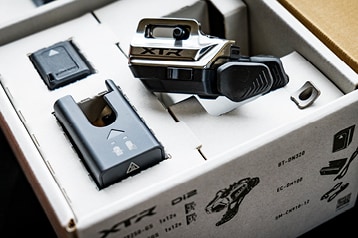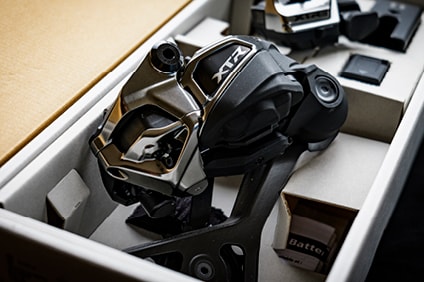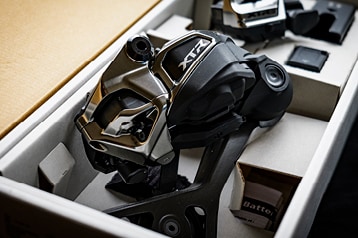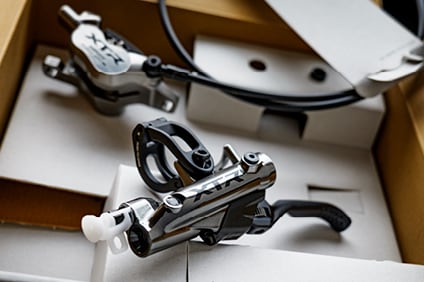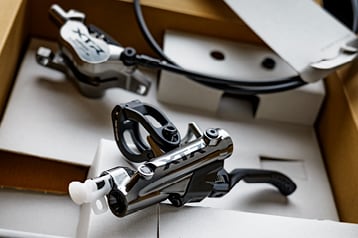SELECT LOCATION AND LANGUAGES
GLOBAL
AMERICAS
-
BELGIUM
FRANÇAIS
-
BELGIUM
NEDERLANDS
-
NETHERLANDS
NEDERLANDS
-
SWITZERLAND
DEUTSCH
-
SWITZERLAND
FRANÇAIS
-
SWITZERLAND
ITALIANO
-
AUSTRIA
DEUTSCH
-
FRANCE
FRANÇAIS
-
GERMANY
DEUTSCH
-
ITALY
ITALIANO
-
SPAIN
ESPAÑOL
-
PORTUGAL
PORTUGUÊS
-
POLAND
POLSKI
-
UNITED KINGDOM
ENGLISH
-
SWEDEN
SVENSKA
-
DENMARK
DANSK
-
NORWAY
NORSK
-
FINLAND
SUOMI
EUROPE
ASIA
OCEANIA
In this article:
- Learn how Shimano’s XTR, XT, and DEORE upgrade kits can elevate your ride.
- Discover the evolution from early MTB tech to the latest wireless Di2 drivetrain.
- Understand how performance upgrades enhance both confidence and flow on the trail.
The Dual Journey of Every Mountain Biker
Remember the day you first jumped on a mountain bike? That was the day you signed up for not just one, but two simultaneous journeys. The first was the start of your personal adventure—marked by smiles, personal bests, and a few scrapes. The second: a deeper story that began when a few Californian renegades sent their cruisers down rocky trails, daring their bikes to survive.
Both journeys are about evolution. One tracks your growth in confidence and ability. The other—the story of the mountain bike itself—unfolds through ever-advancing technology. Without one, we don’t get the other.
Flow Meets Function: Why Component Reliability Matters
Go ride, and it doesn’t take long to discover the ecstatic high delivered by cleaning a technical climb or the endorphin punch of railing a serpentine descent. Such flow moments are the constant in mountain biking, whatever your level, but they rely on reliable bike components to deliver them. The more you ride, the better a rider you become; and the better you become, the more you push your bike to perform and trust it to deliver. Smoother gear shifting, better braking, better performance all round. That trust in performance is where rider and machine meet—and where Shimano’s latest Di2 upgrades come in.
A Brief History of MTB Progression
Since Shimano XT’s 1982 launch as the first MTB-specific groupset, component development has taken a fairly linear and progressive path towards the state-of-the-art 12-speed wireless drivetrain represented by XTR Di2. Of course, such leaps and bounds in product improvement haven’t occurred overnight nor through one single R&D engineer’s sudden, sweeping revelation, but incrementally with each stage of the evolution of a groupset.
At each step, every “new” component represents not a re-invention of its predecessor, but an upgrade of it. Think of the process as just part of the ‘state of flow’.
Personalizing Performance: The Power of the Upgrade
No two riders are the same. That’s why customizing your bike to match your style is central to finding your flow. Upgrading individual components—whether for better braking, cleaner shifting, or more efficient power transfer—is part of this ongoing pursuit.
Shimano’s 2025 XTR, DEORE XT, and DEORE ranges embrace this with a lineup of upgrade kits designed to integrate seamlessly with existing setups.
Drivetrain Upgrade Kits: Go Wireless, Stay Fast
Drivetrain kits offer a transformative upgrade: replace mechanical shifting components with Di2 wireless tech while keeping your current cassette and chain. Each kit includes:
- A rear wireless derailleur (GS or SGS, depending on range; DEORE includes SGS only)
- A wireless shifter switch
- Battery and USB charger
- Chain QUICK-LINK
This means faster, more accurate shifts with reduced wear, improved performance, and longer longevity in one neat package.
Brake Upgrade Kits: Power, Precision, and Heat Control
For XTR and XT, brake kits feature upgraded 2-piston or 4-piston calipers, new anti-rattle pads, and reprofiled radiator fins. They’re filled with a new low-viscosity oil for better heat management and consistent brake feel—even on the biggest descents.
- XT Brake Kits use the same new Ergo-Flow lever for both 2- and 4-piston versions.
- XTR Brake Kits pair components based on usage:
- 2-piston calipers come with the lightweight M9200 lever.
- 4-piston trail calipers are matched with the M9220 lever—redesigned for better ergonomics, clean cable routing and a more natural lever arc.
All kits include both metal and resin pads and are compatible with band-on and I-spec EV fittings.
From Your Local Dealer to Your Local Trail
Whether you’re seeking Di2 drivetrain upgrades or braking precision, every kit is available via your local Shimano dealer. Even DEORE riders can benefit from Di2 thanks to a dedicated upgrade path. Currently, there’s no straightforward way to upgrade your e-MTB due to possible conflicts with the bike’s EMC certification—please consult your local dealer for more information.
Looking Back to Ride Forward
Upgrading your bike’s performance is an inherent part of the bigger story of mountain biking, delivering the performance boosts that have not only pushed our sport but also supported us as riders to reach our personal next level. It’s a story that has played out on every trail and across every component of the machines we ride. As riders, we will each have a story that relates somewhere to this development and progression, encouraged and empowered by one or other upgrade.
Perhaps it has been the progression of drivetrains from XT’s original 3x8 via 9, 10 and 11 speed offerings to the uncluttered 1x12 we love now, or the journey our brakes have taken from squealing rim-brake cantilevers, via V-brakes, to deliver today’s four-piston gravity-defying overlords of brake power. Or maybe it’s the progression of gear shifting from those early friction thumb-shifters, through SIS indexing and RAPIDFIRE to the precision of today’s almost frictionless electronic Di2. Or it could be HYPERGLIDE, HOLLOWTECH II, ICE TECHNOLOGIES or almost countless other upgrades that we most readily align with leaps forward in our riding. Whichever, all have played their part in defining today’s ride, however and wherever you ride, and continue to shape what comes next.
Conclusion: The Evolution Continues
Smiling as we point our incredibly capable machines down impossibly rock-strewn trails today, it’s hard to believe that the humble mountain bike started out just a mere 45 years ago as a basic, clunking modified street machine. The arrival of the original XT groupset turned an early page in MTB development and simultaneously launched a legacy: a journey of continual empowering upgrades.
The 2025 upgrade kits are the latest chapter in this never-ending story. One that you’re not just reading—you’re riding.
